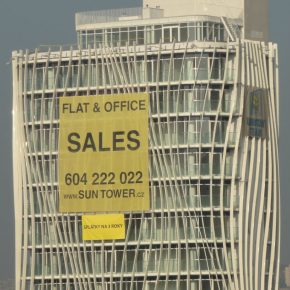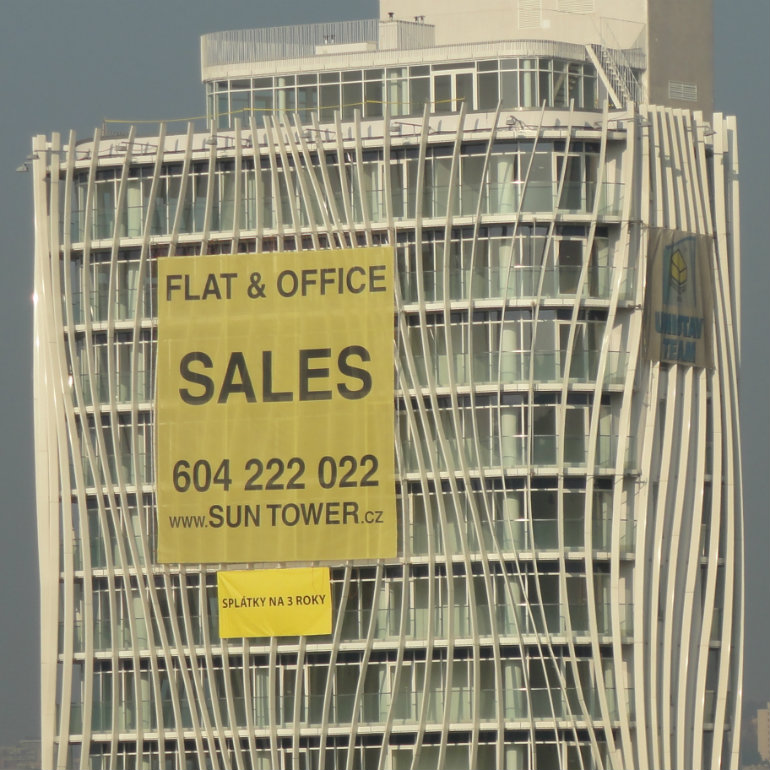
Prague, Czech Republic (Patrick Müller, CC BY-NC-ND)
“The shifting balance between growth stimuli and global volatility is likely to extend the current cycle. This is good news for CEE as it will allow investors to take advantage of the compelling occupancy trends and continuing economic out-performance that are characterising the region in 2016,” says James Chapman, Partner, Head of Capital Markets CEE at Cushman & Wakefield. Yields, he adds, were stable in Q1 as more stock came into the market. “However, we believe that trading volumes are now increasing again and yields will fall further across all asset classes in Q2 and Q3.”
“New sources of capital, unsatisfied demand and a strong supply of debt is likely to result in global real estate trading activity rising 4 per cent to a record USD1.34 trillion in 2016. That’s according to Cushman & Wakefield’s Atlas Outlook 2016 report, which shows global property trading activity down in 2015 for the first time in six years. “This reflected the strength of the US dollar as well as a pullback in Asia, notably for development land. Excluding land, global volumes rose 8%, with particularly strong increases for multi-family residential and hospitality, followed by logistics,” the report notes.
Cushman & Wakefield note that foreign exchange movements also had a significant impact, attracting investors towards the USA and diluting volume growth in other currencies. Global volumes fell 2 per cent in USD terms, while in euros they were up 17 per cent. In EMEA with volumes flat in dollar terms but 23 per cent up in EUR.
“Geopolitical issues, length of the recovery cycle, volatility and increased uncertainty are leading to differing views with respect to asset allocation and how best to invest,” says Carlo Barel di Sant’Albano, Chief Executive of Cushman & Wakefield’s Global Capital Markets & Investor Services business. “This is benefiting real estate as allocations to the sector increase, boosting demand for assets. In this economic environment there is also an increasing number of willing sellers aiming to crystallise returns. We therefore forecast a 4 per cent increase in trading this year, which could easily be bettered if current global volatility levels stabilise or decline.”
di Sant’Albano believes performance is yet to peak, with yields not yet at their floor and a slow improvement in occupational demand pushing rents slowly ahead.
In the EMEA region di Sant’Albano said the low cost of capital in Europe plus further quantitative easing will underpin asset price inflation and sustain high levels of debt. “This increases the risk of capital being misallocated over time but will also bring good levels of activity and growth in the short term. Volumes are forecast to rise 5-10 per cent and yields to fall 30 bp this year.”
“The strategy focus for the year ahead should be assets that work for the occupier, not the banker,” says report author David Hutchings, Cushman & Wakefield’s Head of EMEA Investment. He adds that productivity is key in what is now an asset, not a sector. “Investors are likely to focus on accessing the best local intelligence, resulting in more joint ventures and M&A activity.”

